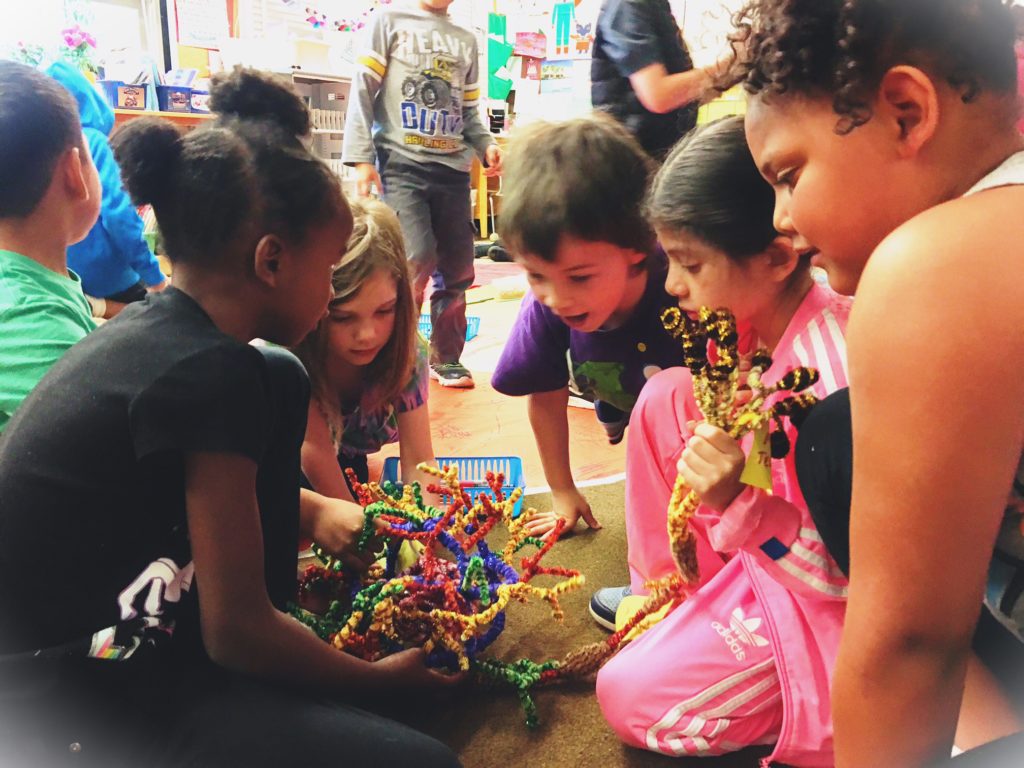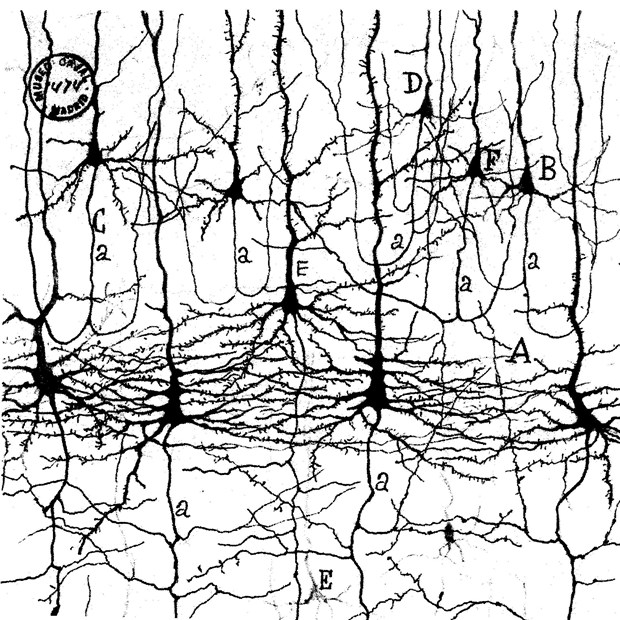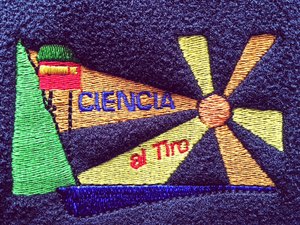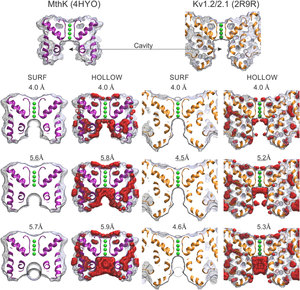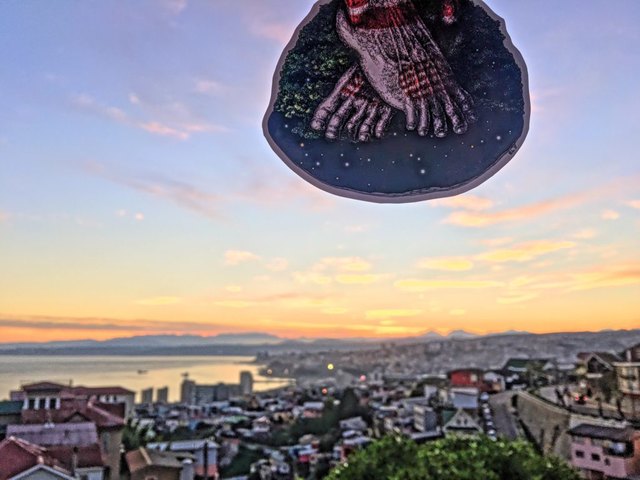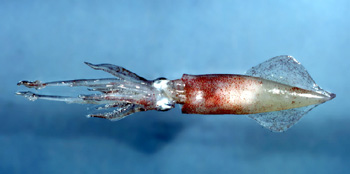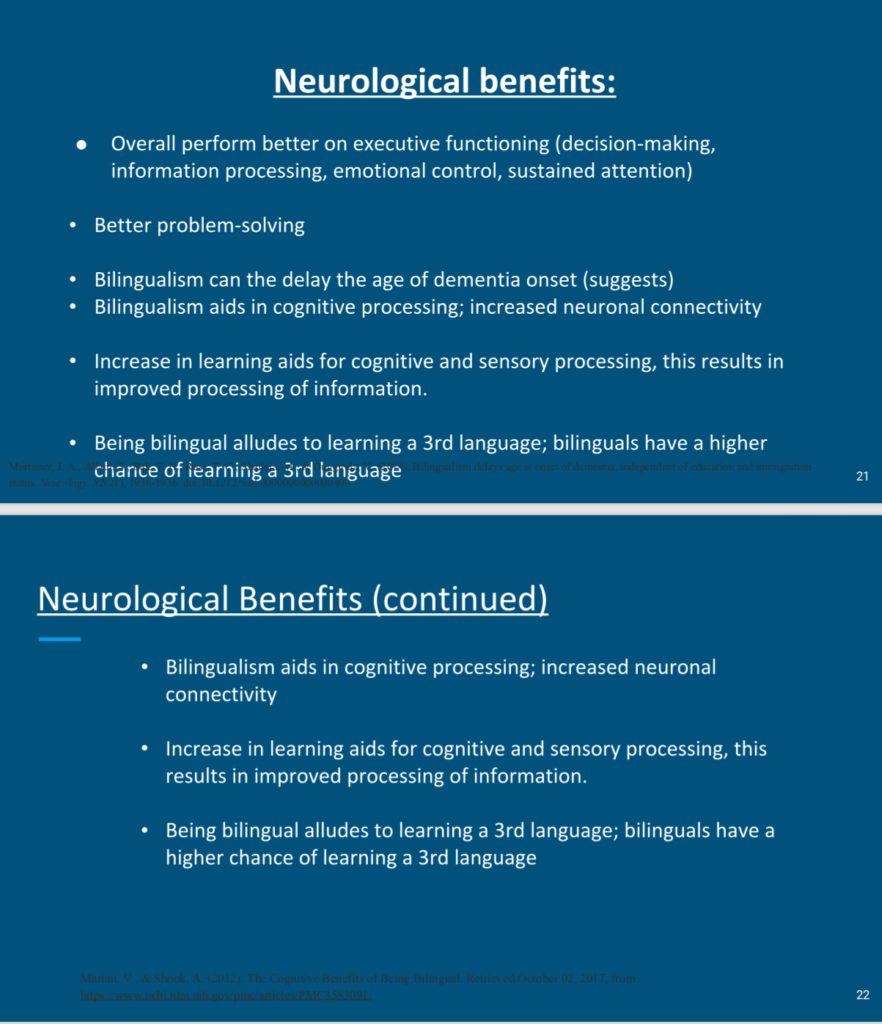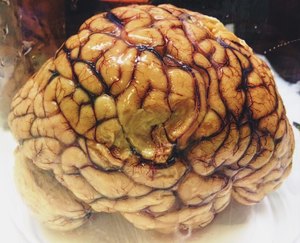Noggin traveled this morning to the Rockwood neighborhood offices of the Latino Network, a Latino-led organization grounded in culturally-specific practices and services that aims to lift up youth and families to reach their full potential…
LEARN MORE: LATINO NETWORK
We are thrilled to partner with this fellow community nonprofit which shares our enthusiasm for improving livability, fostering civic engagement, motivating and inspiring K-12 and the public, and preparing more young people for educational and life success…
We were there to meet with Latino Network staff, mentors and Portland Public School teachers to talk about noggins, and highlight research on changes in adolescent brain development, the neural benefits of bilingualism, and other relevant topics. Later this year we plan to bring our Noggin volunteers, including many fluent Spanish speakers from area universities and the NIH BUILD EXITO program, into more Latino Network partner schools…
At this moment in U.S. history where Latino Americans (and others) are too often under threat by insensitive and uninformed political leaders, we aimed to celebrate the undeniable contributions to neuroscience research from both Latin America and Spain.
La Neurociencia tiene una larga historia española y latinoamericana…
A prominent founder of the field was both an artist and neuroanatomist from Navarre, Spain named Santiago Ramon y Cajal, and fundamental advances in our understanding of how neurons carry electrical messages were and continue to be made in Spanish-speaking Europe and Latin America.
Cajal’s spectacular drawings of human neurons stained with silver nitrate and potassium dichromate (a.k.a., the Golgi stain) helped scientists apply the “cell doctrine” to the brain, and the realization that these delicate, filamentous, arachnoid units of the nervous system were in fact separate cells won him (along with Camillo Golgi from Italy) the 1906 Nobel Prize…
LEARN MORE: Instituto Cajal
LEARN MORE: Cajal + Creativity @ the NIH
Noggin is also eager to further some international links with students and faculty at Chile’s Centro Interdisciplinario Neurociencia de Valparaiso (CINV), and also with their own recognized #sciart outreach program “Ciencia al Tiro” – in a South American coastal community known for significant contributions to both foundational neuroscience research and the arts.
LEARN MORE:
La Alegría de la Ciencia
For today’s Noggin training we were joined (thanks to both FaceTime and technical support from outreach volunteer and PSU Neuroscience Club member Thomas Madison) by David Naranjo, Ph.D., an eminent neuroscientist at CINV who studies the structure and function of small membrane-embedded proteins called voltage-gated potassium (K+) channels…
These channels, literally tiny protein machines that under certain circumstances change their shape to allow K+ to flow out from the axon through small holes, or pores, are remarkably conserved in evolution, maintaining practically the same structure in bacteria and people, and they contribute to the neuron’s ability to carry and modulate information-rich electric currents.
LEARN MORE: Effective pore size and radius of capture for K+ ions in K-channels
David described how in Montemar, a small seaside village north of Valparaíso, the University of Chile in Santiago ran a marine-biology laboratory in the 1960’s where neuroscientists studied how these channels allowed for charged K+, and also sodium (Na+) ions to cross the axon membrane, permitting electric currents to flow down these wiry extensions of our brain cells…
LEARN MORE: Montemar Institute of Marine Biology
Chile took off as a center of neuroscience research partly because of an impressive Pacific Ocean invertebrate known as the Humboldt squid!
Painting by Jeff Leake, NW Noggin Art Coordinator
The axons of this creature are enormous (around 1 mm in width!) and visible to the naked eye, and thus amenable to electrode placement on either side of the cell membrane to record changes in charge as neurons go from a resting state to the “action potential!”
LEARN MORE: Neuroscience: The great squid hunt
Several exceptional and accomplished Noggin volunteers, including Noggin Resource Council members Sulema Rodriguez (a PSU/NIH BUILD EXITO scholar), Joey Seuferling and Jessica Patching-Bunch then presented on the structure and function of the brain and neurons…
Naturally we each grabbed a handful of colorful pipe cleaners to generate uno cuerpo celular (soma), las dendritas (dendrites) y el axón (axon) for a neuron of our very own!
Decidimos que la construcción de neuronas es mejor que un juguete de inquieto (or a “fidget spinner!”)
Joey then expanded on the fascinating life of Ramon y Cajal, at times a shoemaker, barber, gymnast, extraordinary anatomist and artist who was briefly imprisoned at age 11 for destroying his neighbor’s gate with a homemade cannon! Like ourselves and our students, his life had a complicated trajectory, involving both accomplishments and mistakes…
If responded to appropriately, with opportunities for reflection and change, our frontal lobe networks critical for good social choices can thrive even after painful errors, and the beneficial growth and learning that results…
From Joey: “I found the passion and motivation the Latino Network staff clearly had for their students inspiring, and it reinforced my belief that education outreach is imperative to future generations of artists and scientists.”
Then Sulema presented compelling research on the benefits of bilingualism, en español…
From Sulema: Los beneficios de ser bilingüe se puede ver al nivel neurológico y social. En un reciente estudio, encontraron que cuando compararon el cerebro de una persona bilingüe y de una persona no bilingüe, se pudo ver diferencias en la activación en las conexiones de las neuronas. Estas conexiones son muy importantes para poder hacer cosas, como escoger la mejor solución para un problema. Otros beneficios neurológicos incluyen: mejor control emocional, attencion, y proceso de información. En otro estudio han sugerido que también puede retrasar el tiempo en que empieza la demencia. En el ambiente social, se abren las oportunidades para personas bilingües, esto incluye mas pago en el trabajo y sensibilidad a una variedad de culturas. Estos resultados nos demuestran la importancia de ser bilingüe y como puede beneficiar a las personas a un nivel celular y global.
From one paper in Nature Reviews Neuroscience: “a boost in executive control abilities results from coping with this increase in processing demands, which starts in infancy and continues throughout the life span, possibly enhancing cognitive reserve in the elderly.”
LEARN MORE: Bilingual Effects in the Brain
LEARN MORE: Bilingualism boosts the brain, NIH study finds
LEARN MORE: Bilingual Brains Are Buff (National Institute on Drug Abuse)
LEARN MORE: How does the bilingual experience sculpt the brain?
Jessica followed up with relevant information on adolescent brain development…
LEARN MORE: Developmental Brain Imaging Lab
From Jessica: La Asociación Educar para el Desarrollo Humano is an excellent resource page for anyone interested in learning more about neuroscience. They post materials for the classroom, journal articles and other resources for studying neuroscience at any age in both English and Spanish. It is important that bilingual students have the chance to read and learn in more than one language.
Then, of course, we looked at brains!
We also answered many in-depth questions prompted by our earlier presentations, the art activities and the extraordinarily complex networks of brain cells we got to cradle in our own hands. For example…
What does neuroscience research suggest about goal setting for students?
Many students struggle with anxiety about social life and academics, again made worse by our political climate, by early school start times during critical periods of brain development, and also by rigid assessments that don’t allow for any personal investment or exploration of important concepts and ideas. Risk and failure is how brains learn, and rewarding students for making efforts, and reflecting on and celebrating both accomplishments and mistakes would likely help encourage resilience in pursuing goals…
LEARN MORE: Informing Pedagogy Through the Brain-Targeted Teaching Model
LEARN MORE: Better schools with improv and art
It was fun to meet up (and synapse!) with some former undergraduates from Portland State University who are now working and mentoring in Portland Public Schools…
Many thanks to Melissa McCoy, the School Based Programs Manager for the Latino Network, for making this connection – and to Latino Network participants and staff for today’s warm welcome. We were very excited to present our hosts with a neuron created by Sulema, and labeled en español…
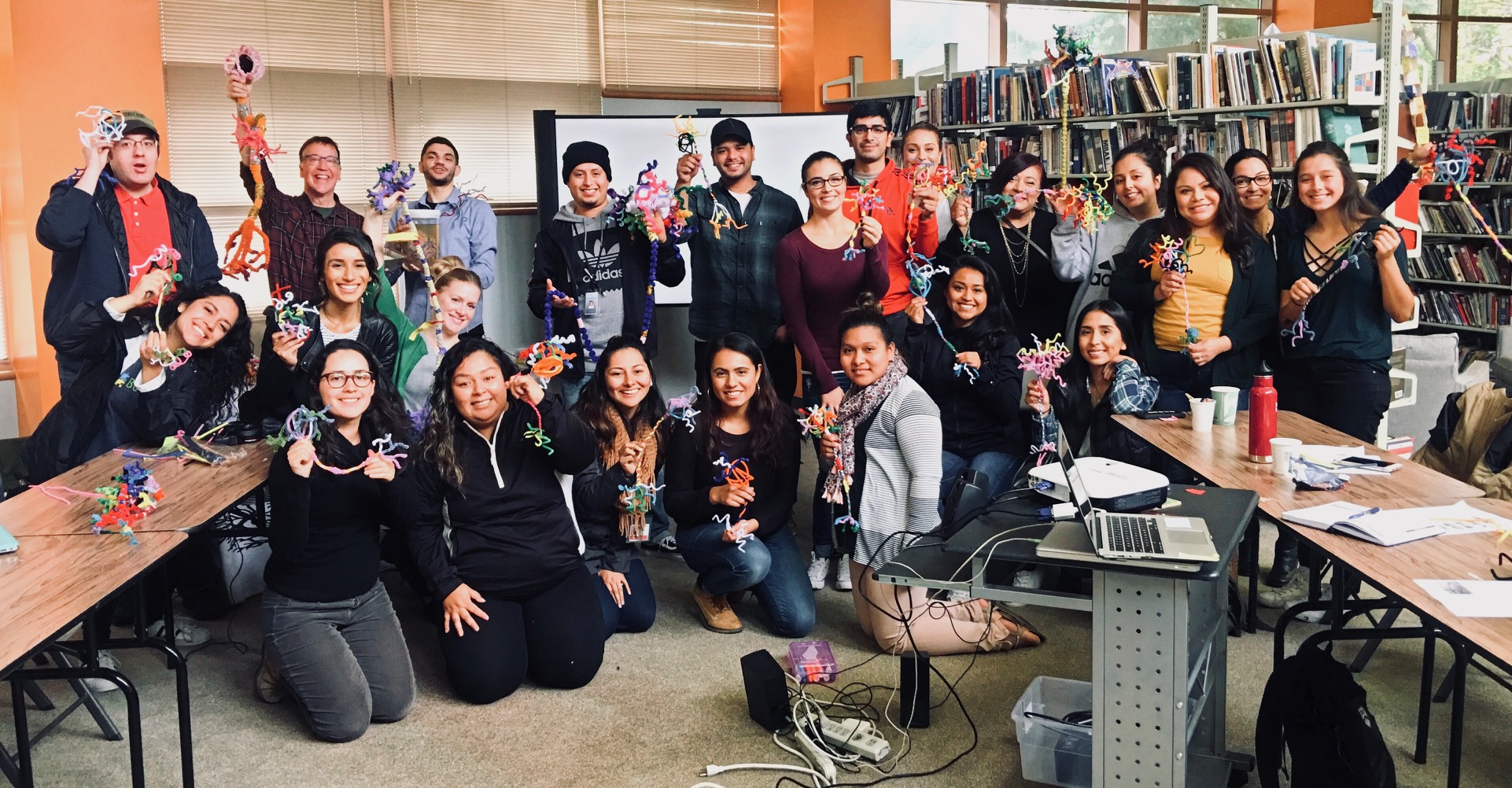
Looking forward to more collaboration. Gracias y cheers!
TRAINING SLIDES: NW Noggin @ Latino Network (pdf)




